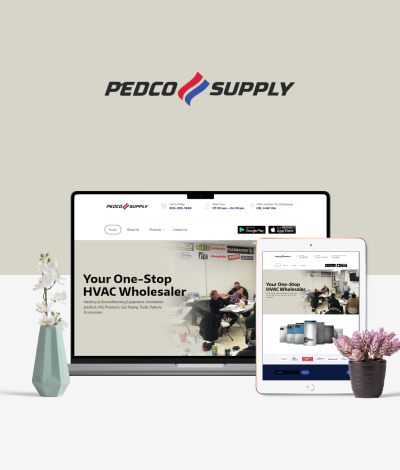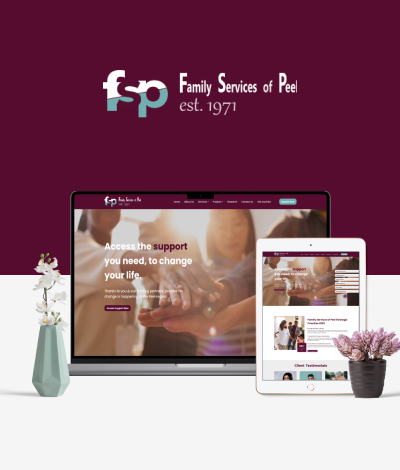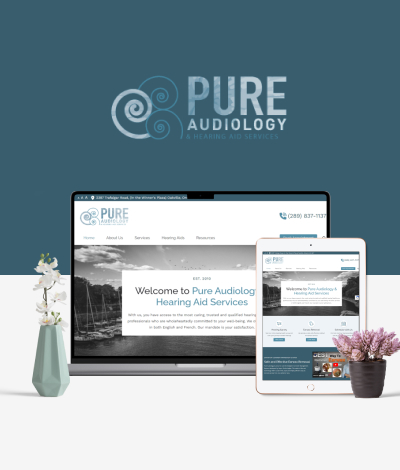Paid Advertising
Pay Per Click
Digital advertising model where advertisers pay a fee each time their ad is clicked. It's a method of buying visits to your site rather than attempting to "earn" those visits organically.
Cost Per Click:
- In PPC, advertisers bid on keywords relevant to their target audience. The cost of each click is determined through a bidding process.
- Advertisers set a maximum bid they are willing to pay for a click on their ad. The actual CPC is often lower than the maximum bid, and it's influenced by the competitiveness of the keyword and the quality of the ad.
Ad Placement:
- PPC ads are displayed on search engine results pages (SERPs) and various online platforms.
- Search engine PPC, like Google Ads, displays ads at the top and bottom of the search results page based on keyword relevance and bid amount.
- Display networks and social media platforms also offer PPC advertising, where ads are shown to users based on their interests, demographics, and online behavior.
Ad Quality and Relevance:
- The Quality Score is a metric used by platforms like Google Ads to evaluate the relevance and quality of an ad. It considers factors such as click-through rate, ad relevance, and the quality of the landing page.
- Higher Quality Scores can lead to lower costs per click and better ad placements, as platforms aim to provide users with the most relevant and engaging content.
Campaign Management and Analytics:
- Successful PPC campaigns require continuous monitoring and optimization. Advertisers need to adjust bids, refine ad copy, and test different elements to improve performance.
- Analytics tools provide insights into key metrics such as impressions, clicks, conversions, and ROI. This data helps advertisers make informed decisions and refine their strategies for better results.
Facebook Ads
Facebook Ads is a robust advertising platform offered by Facebook, one of the largest social media networks globally. It provides businesses and individuals with the ability to create and target ads to specific audiences on the Facebook platform.
Diverse Ad Formats:
- Facebook Ads offer various formats like image ads, video ads, carousel ads, and lead generation ads, allowing businesses to choose the most engaging content for their audience.
Precise Targeting Options:
- Advertisers can target specific demographics, interests, behaviors, and custom audiences, ensuring ads reach the most relevant users.
Extensive Ad Placement:
- Ads can appear in users' Facebook Feeds, Instagram Feeds and Stories, Audience Network (third-party apps and websites), and Messenger, providing broad exposure across platforms.
Robust Analytics and Insights:
- Facebook Pixel and Ad Insights offer detailed analytics on ad performance, helping advertisers measure success, optimize campaigns, and refine strategies.
Mobile-Optimized Engagement:
- Facebook Ads are optimized for mobile, promoting user engagement with features like likes, shares, and comments, leveraging the widespread use of mobile platforms.
Google Shopping Ads
Also known as Product Listing Ads (PLAs), are a type of online advertising that allows businesses to promote their products directly within Google's search results. Here are three key points about Google Shopping Ads:
Visual Product Listings:
- Unlike traditional text-based ads, Google Shopping Ads display visual representations of products along with key information such as product images, titles, prices, and the name of the online store. This visual format helps users get a quick overview of the product before clicking on the ad.
Merchant-Centered Advertising:
- Google Shopping Ads are driven by product data provided by merchants through Google Merchant Center. Merchants create a product feed, which is a file containing information about their products, and upload it to Google Merchant Center. This feed includes details like product ID, title, description, link, image link, price, and availability. Google uses this data to determine when to display ads based on user queries.
Cost-Per-Click (CPC) Model:
- Similar to other Google Ads, Google Shopping Ads operate on a pay-per-click (PPC) model. Advertisers bid on relevant keywords, and when a user clicks on their ad, they are charged a certain amount. The bidding process takes into account factors like bid amount, product relevance, and historical performance. This model allows advertisers to control their budget and pay for actual clicks rather than impressions.
LinkedIn Ads
Creating effective LinkedIn ads involves strategic planning and execution. Here are five key points to consider when working with LinkedIn ads:
Define Your Audience:
- LinkedIn provides robust targeting options based on professional demographics. Define your target audience by factors such as job title, industry, company size, seniority, and more. Utilize the Matched Audiences feature to upload your own contact list for retargeting or create lookalike audiences to expand reach.
Compelling Ad Content:
- Craft engaging and concise ad content that resonates with your target audience. Use clear and compelling visuals, such as high-quality images or videos, to grab attention.
- Highlight the unique value proposition of your product or service. LinkedIn ads are often more effective when they provide a clear solution to a professional problem.
Choose the Right Ad Format:
- LinkedIn offers various ad formats, including Sponsored Content, Sponsored InMail, and Display Ads. Choose the format that aligns with your campaign goals and resonates with your target audience. Test different ad formats to see which ones perform best for your specific objectives.
Set Clear Objectives and Metrics:
- Clearly define your advertising objectives, whether it's brand awareness, lead generation, website visits, or engagement.
- Set measurable key performance indicators (KPIs) such as click-through rates (CTR), conversion rates, and impressions to track the success of your campaigns.
Optimize and Iterate:
- Regularly monitor the performance of your LinkedIn ads and use the analytics provided by the platform.
- A/B test different ad elements, such as headlines, images, and ad copy, to identify what resonates best with your audience.
- Continuously optimize your campaigns based on data insights and adjust targeting and messaging as needed.
Instagram Ads
Instagram is a visual platform, so your ads should be visually appealing. Use high-quality images or videos that grab attention and convey your message effectively.
Targeting and Audience Selection:
- Utilize Instagram's robust targeting options to reach your specific audience. You can target based on demographics, interests, behaviors, and more. Understand your audience to tailor your ads to their preferences.
Compelling Captions and Hashtags:
- Craft engaging captions that complement your visuals and encourage users to take action. Including relevant hashtags can increase the discoverability of your ads, helping them reach a wider audience.
Call-to-Action (CTA):
- Clearly define what you want users to do after seeing your ad. Whether it's visiting your website, making a purchase, or signing up for a newsletter, a strong and concise call-to-action increases the effectiveness of your campaign.
Monitor and Analyze Performance:
- Regularly track the performance of your Instagram ads using the platform's analytics tools. Understand metrics such as reach, engagement, and conversion rates. Use this data to refine your strategy and improve the effectiveness of future campaigns.
Youtube Ads Management
Managing YouTube ads involves several key steps to ensure effective targeting, reach, and performance. Here are four essential points to consider:
Define Your Advertising Goals:
- Clearly outline your objectives for running YouTube ads. Common goals include increasing brand awareness, driving website traffic, generating leads, or boosting product sales.
- Understand your target audience and tailor your ads to resonate with their interests, demographics, and online behavior.
Create Compelling Ad Content:
- Craft engaging and visually appealing video content that captures the viewer's attention within the first few seconds.
- Ensure your message is clear, concise, and aligned with your brand identity.
- Utilize YouTube's ad formats, such as TrueView (skippable and non-skippable ads), bumper ads, and display ads, to suit your campaign goals.
Optimize Targeting and Budget:
- Utilize YouTube's targeting options to reach your intended audience. This includes demographics, interests, behaviors, and placement targeting.
- Set a realistic budget and bid strategy based on your campaign goals. YouTube offers various bidding options, such as cost-per-view (CPV) or cost-per-click (CPC).
- Regularly monitor and adjust your targeting parameters and budget allocation based on the performance metrics to maximize efficiency.
Analyze and Refine Campaign Performance:
- Use YouTube Analytics to track key performance metrics, such as view counts, click-through rates (CTR), conversion rates, and cost per conversion.
- Identify successful elements of your campaign and optimize based on the data. This might involve adjusting targeting parameters, refining ad creative, or reallocating budget to high-performing segments.
- A/B test different ad variations to understand what resonates best with your audience and continuously refine your strategy based on the insights gained.
Why Choose Us?
We seek to mitigate the challenges you have in increasing your visual identity and brand presence by catering to your business's design needs. Our specialized design services are geared to answer the challenges that businesses like yours face in creating a powerful, impactful design that distinguishes you in the market.
-
Brand Consistency
-
Customizable Templates
-
Built-In SEO Tools
-
Safe & Secure
-
Simple Workflow
-
Customization




